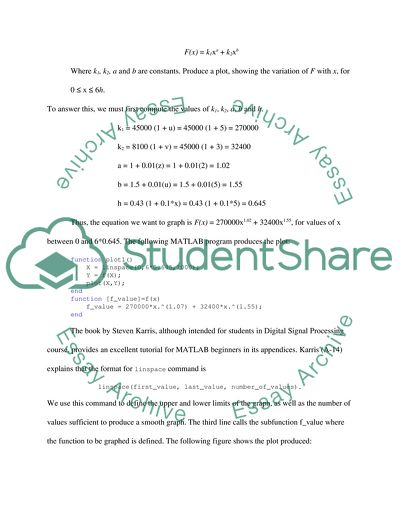Cite this document
(MATLAB Program Assignment Example | Topics and Well Written Essays - 1250 words, n.d.)
MATLAB Program Assignment Example | Topics and Well Written Essays - 1250 words. https://studentshare.org/mathematics/1731038-matlab-assignment
MATLAB Program Assignment Example | Topics and Well Written Essays - 1250 words. https://studentshare.org/mathematics/1731038-matlab-assignment
(MATLAB Program Assignment Example | Topics and Well Written Essays - 1250 Words)
MATLAB Program Assignment Example | Topics and Well Written Essays - 1250 Words. https://studentshare.org/mathematics/1731038-matlab-assignment.
MATLAB Program Assignment Example | Topics and Well Written Essays - 1250 Words. https://studentshare.org/mathematics/1731038-matlab-assignment.
“MATLAB Program Assignment Example | Topics and Well Written Essays - 1250 Words”. https://studentshare.org/mathematics/1731038-matlab-assignment.


